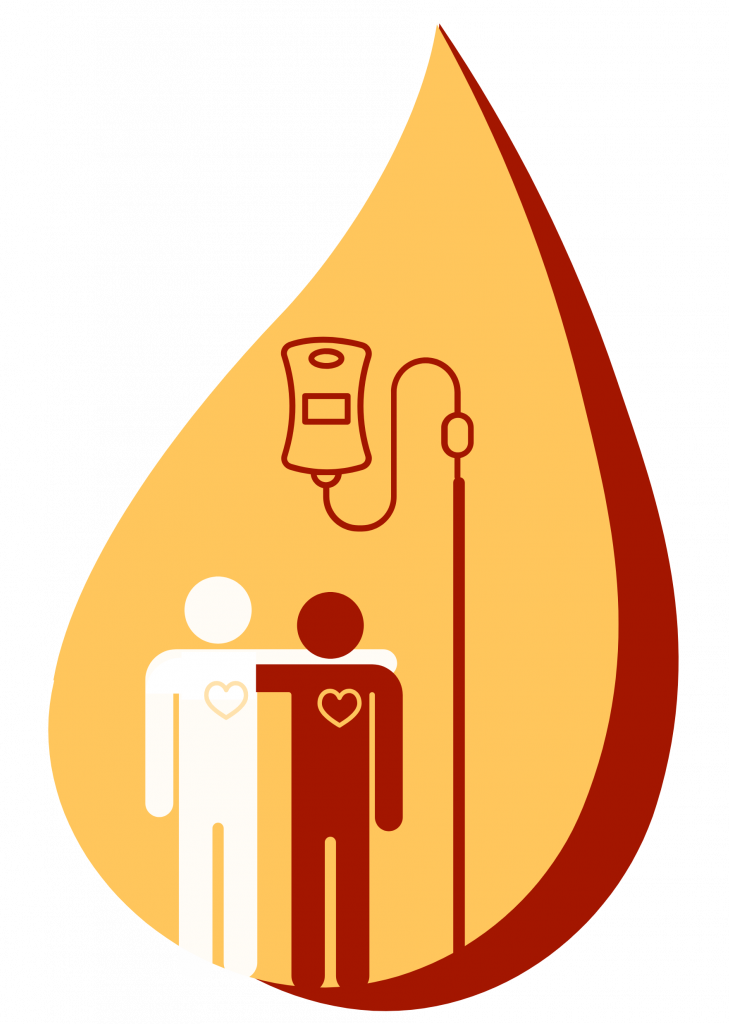What Can I Expect When Donating Plasma
Thinking about donation may bring up some painful feelings. YOU ARE NOT ALONE. The 2SGBTQ+ communities have had a long and painful history with Canadian Blood Services. Find support resources here.
What's it like to Donate Plasma?
We made a video that follows two guys from 2SGBT+ communities as they go through the plasma donation process. Check it out below.
How can I expect to feel during/after donating?
Some of our research participants had donated in the past (before they were sexually active with men, or during other periods of eligibility). They provided lots of good insight about what it feels like to donate.
Emotionally, most who had donated before said they felt GREAT. They talked about “that good feeling” you get from doing something for others. Others said that once they are able to donate again, they will likely feel overjoyed to finally be able to donate again as a gay man.
Many expected that answering the additional screening questions from the plasma program would be uncomfortable. Knowing the questions in advance would help to feel better prepared and have time to process their emotions.

Physically, donating plasma is generally thought to be similar to donating blood.
With plasma donation, the red blood cells and other blood components are returned to the donor, which can be uncomfortable to watch for some.
Canadian Blood Services lists potential side effects that happen to a small number of donors, such as: feeling dizzy, tired, or nauseated and developing bruising, rashes, swelling, itching, or redness at the site where they take your plasma. If any of these symptoms happen after donation, a nurse can help over the phone by calling 1-888-2-DONATE.
Other risks are listed by Canadian Blood Services here with actions you can take to prevent or treat them. They recommend calling 1-888-2-DONATE to report any symptoms so they can track that data.
